Kratom (mitragyna speciosa) is a tree whose leaves have been reported to provide a variety of nutritional and medicinal benefits.
Kratom grows in Southeast Asia and is a member of the coffee family, but contains no caffeine. Kratom is available as leaf, powder, extract, tincture, and resin. People have used kratom leaves for tea and have used it in a powder form as a botanical specimen that is reputedly linked to alleviation of various health problems, including helping provide relief for those who suffer from depression, pain, anxiety, lethargy, fatigue, opioid addiction, benzo abuse, and alcoholism.
Indonesia is the main source of kratom. Tradtional methods of cultivation, harvesting, fermenting, and drying have been perfected over many years in the regions where kratom grows wild or is farmed as an exported natural dietary supplement product. Thriving on long growing seasons, abundant sunshine, mineral rich soil, and plenty of rain, kratom is grown in Thailand, Malaysia, Bali, Borneo, Sumatra, Aceh, Vietnam, and Cambodia.
For centuries, manual laborers such as fisherman and farmers in Northern Malaysia and Southern Thailand have chewed on fresh kratom leaves to combat work fatigue and boost productivity. 12-hour workdays in the extreme heat and humidity of this tropical region make working conditions rather exhausting. Kratom has been said to give these workers a boost of long-lasting, non-jittery energy and motivation to get through their grueling workday.
Rural communities in this region have also used the plant in medicinal application such as diarrhea alleviation and pain management. There are still other Southeast Asian users of kratom who use the plant to manage withdrawal symptoms and alleviate their dependence of opiates such as heroin, and help them break free from over-reliance on sleep aids, anti-depressants, and anti-anxiety medications. In 1839 the Dutch botanist Pieter Korthals was the first Western professional to discover and describe the plant.
Seeing how the leaves of the plant resembled the headgear of a Christian bishop called a mitre, he named the plant Mitragyna speciosa. Others have speculated the term comes from a mysterious roman cult called the Mithras who used entheogens for thousands of years for spiritual transcendence.
Over the last few years, Kratom is becoming an increasingly popular among Western countries. Kratom advocates have presented anecdotal evidence of the many positive benefits of using kratom and research studies are being conducted to better understand how kratom works within the human body.
So far, kratom appears to be a very safe and effective natural substance, especially when compared with modern pharmaceutical drugs that not only have long lists of potential side effects, but, in some cases, have been taken off the market due to fatalities or unacceptable risks.
While the FDA in the United States is debating on how to classify and regulate kratom, it is legal in many states and regions of the country. There have not been any severe or dangerous side effects reported, nor any deaths documented that can be directly attributed to kratom, although some individuals have died when mixing kratom with alcohol and/or other drugs. Like users in Southeast Asia, the herb is used for a variety of applications to manage pain, mood, energy, and to obercome opioid addiction.
Kratom is typically exported from countries such as Indonesia and sold in local health shops or online at e-commerce sites. It’s recommended that customers not buy directly from overseas kratom suppliers, because, although they may offer a lower price in bulk quantities, they probably have not been tested by 3rd party laboratories, and thus, may not be free from mold, dangerous bacteria, salmonella, and other contaminants.


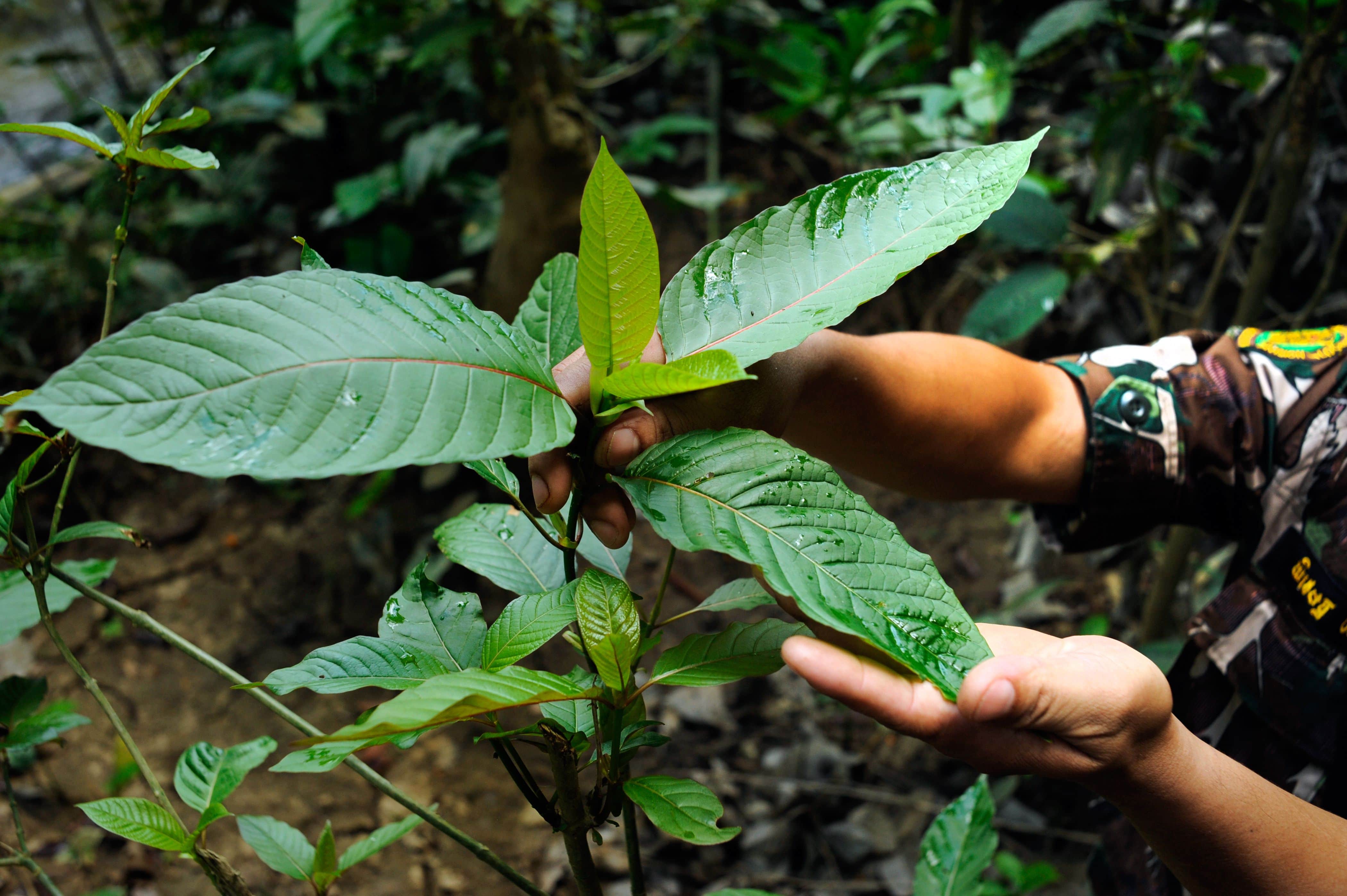
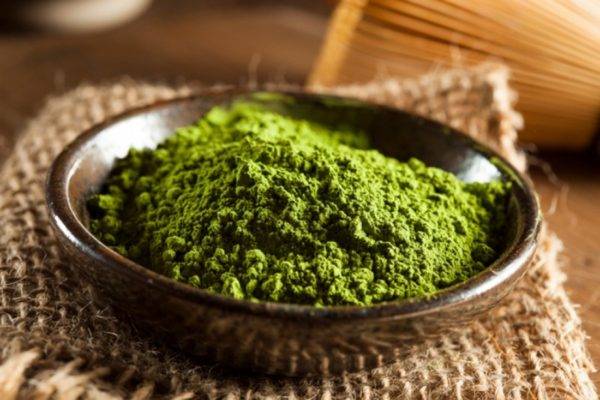




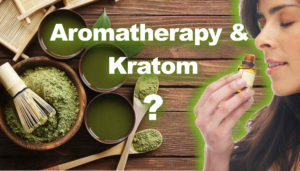

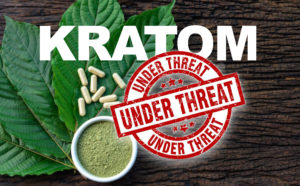
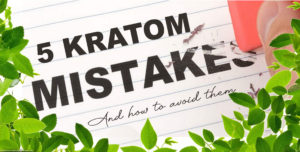




very easy to read and informative, thank you!
Thank you for your feedback. We tried not to be to bloated in the information given. However we are planning on releasing a more “advanced” article that deals with potentiation, different strains etc. Thank you again for reading!